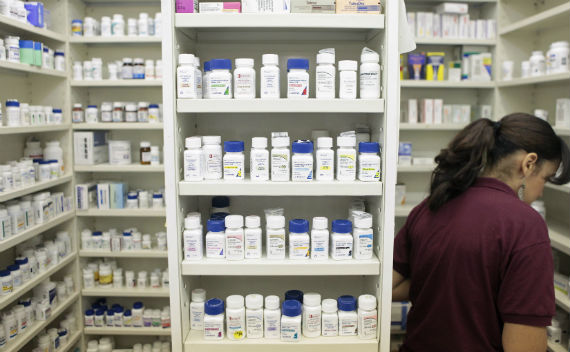Trends in U.S. Drug Use
More on:

The U.S. Substance Abuse and Mental Health Services Administration recently released the findings of its 2010 National Survey on Drug Use and Health (NSDUH). The report draws on data collected from face-to-face interviews of 67,500 people aged twelve years or older across the United States (the U.S. government has been conducting this type of research since 1971). Of the many findings in the report, some of the most interesting include:
Over 22 million Americans used drugs in the month before the survey; about 9 percent of the population over twelve years old and a slight uptick from 2008 numbers. City-dwellers (9.4 percent) were more likely to use drugs than those residing in more pastoral settings (3.7 percent), and Westerners (11 percent) got high more often than Southerners (7.8 percent). Men were almost twice as likely to use drugs than women, and they liked to smoke pot. And perhaps not unsurprisingly, young people—aged eighteen to twenty-five—were more likely to use drugs (21.5 percent) than other age groups.
The most popular drug was marijuana—consumed by over 17 million Americans—and its usage is trending upward. An estimated three million more Americans were toking up in 2010 as compared to 2007. Cocaine, ecstasy and meth use stayed flat or fell over a similar time period.
The trends for the non-medical use of prescription drugs are perhaps the most interesting and challenging for current drug policies. An estimated seven million Americans got high on prescription medications in the month prior to the survey; over five million using pain killers. The popularity of prescription drugs is evident in the increasing number of people trying them for the first time each year (some two million), and the doubling of emergency room visits for pain killer abusers from 2004 to 2008. Prescription pain killer abusers seeking publicly funded rehab also tripled from 2002 to 2009.
While the conventional wisdom holds that America’s drugs come from Mexico and Latin America, the study shows this is not wholly true. Prescription drugs were almost exclusively created, bought, sold, and consumed north of the border. Over half of those using and abusing prescription drugs received them from a friend or relative. Fewer than 5 percent got them from a stranger or the internet. Just a fraction of these sales then can be linked back to international cartels. When policymakers debate thorny questions of drug use and international drug enforcement, it’s wise to remember that cartels, though formidable, are hardly the only suppliers in a vast American drug market.
More on:
 Online Store
Online Store